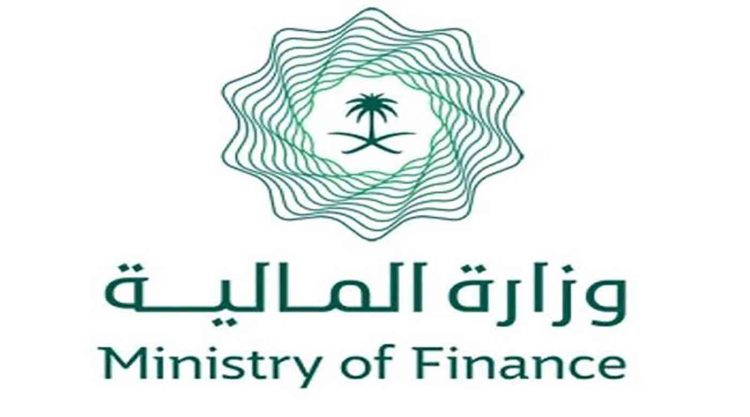Publisher: Maaal International Media Company
License: 465734
Saudi budget to be announced next Tuesday… (Maaal) reveals performance in last 21 years
It is expected that the Saudi budget for the year 2023 and the estimates for the year 2024 will be announced next Tuesday, December 7, 2023, as the Kingdom’s budget deficit during the next year is expected to reach 2024, and according to a previous announcement by the Ministry of Finance, an amount of up to 79 billion riyals, after it was It is expected to record a surplus of 21 billion riyals, with the deficit continuing during the following year, 2025, to reach 73 billion riyals. Estimates indicate that the deficit will rise to 109 billion riyals in the year 2026. Government expenditures are expected to rise further during the next three years, with lower revenues, resulting in budget deficits.
According to the preliminary statement of the Saudi budget, which covers the period from 2023 to 2026, it is expected that revenues by the end of the current year 2023 will reach an amount of 1.18 trillion riyals, while expenses will reach 1.262 trillion riyals, with a deficit of 82 billion riyals. During the first 9 months of the year 2023, the Saudi budget achieved a deficit of about 44 billion riyals, with revenues amounting to 854.3 billion riyals, and expenses 898.3 billion riyals.
It is noted that expenditures increase year after year until 2026, while revenues record a decline during the current year 2023 compared to the last year 2022 and record another decline in the next year 2024 before returning to rise again in the years 2025 and 2026.
اقرأ المزيد
The government continues the process of structural reforms on the financial and economic aspects with the aim of developing and diversifying its economy and raising rates of sustainable economic growth while maintaining financial sustainability, by continuing to implement the programs and projects of Saudi Vision 2030, in addition to launching many initiatives and strategies that contribute to Developing promising economic sectors, enhancing investment attraction, stimulating industries, and raising the percentage of local content and Saudi non-oil exports, in addition to the effective and important role of the Public Investment Fund and development funds, in addition to continuing the implementation of structural reforms that enhance the growth of the domestic product of non-oil production activities at high and sustainable rates in the medium term.
A study conducted by the newspaper (Maaal) revealed that the state’s general budget achieved a deficit in 10 years during the previous 21 years, as it began in the year 2002 with a deficit of 21 billion riyals, and continued since the year 2003 in achieving a budget surplus until the year 2009, which witnessed the recording of A deficit of 87 billion riyals, while the years from 2010 to 2013 witnessed a surplus, before returning to a deficit over the previous 8 years in a row. On the other hand, the general budget achieved a surplus 11 times during the past 21 years, and the surplus reached its peak during the year 2008, when a surplus of 581 billion riyals was achieved.
According to monitoring, the highest (actual) revenues witnessed by the general budget of Saudi Arabia were in the year 2012, when they amounted to 1,247 billion riyals, and a surplus in that year’s budget was recorded at 374 billion riyals, while the lowest revenues achieved were for the year 2002, which did not exceed 213 billion riyals only
It was expected that the year 2021 would be the last year of recording a deficit for the Saudi budget in the near future, after the budget deficit continued for 8 years from the year 2014 until the year 2021, but after the Saudi budget recorded a surplus for the year 2022 at a value of 104 billion riyals, Expectations were that the year 2023 would achieve a deficit of 82 billion riyals, after estimates indicated a surplus of 16 billion riyals, and this comes in light of the uncertainty witnessed in the global economy.
According to the Ministry of Finance, total expenditures for the year 2024 amount to about 1,251 billion riyals, and total revenues are about 1,172 billion riyals. It is also estimated that a deficit of 79 billion riyals will be recorded, amounting to about 1.9% of the gross domestic product, with continued work to raise the efficiency and effectiveness of spending and financial control, the sustainability of public finances, the implementation of economic and financial reforms, and achieving the goals of Saudi Vision 2030, and its major programmes, initiatives and projects. And continuing work to raise the level of services provided to citizens and residents, in addition to enhancing the growth of local investment by empowering and qualifying the private sector to include all regions of the Kingdom.








